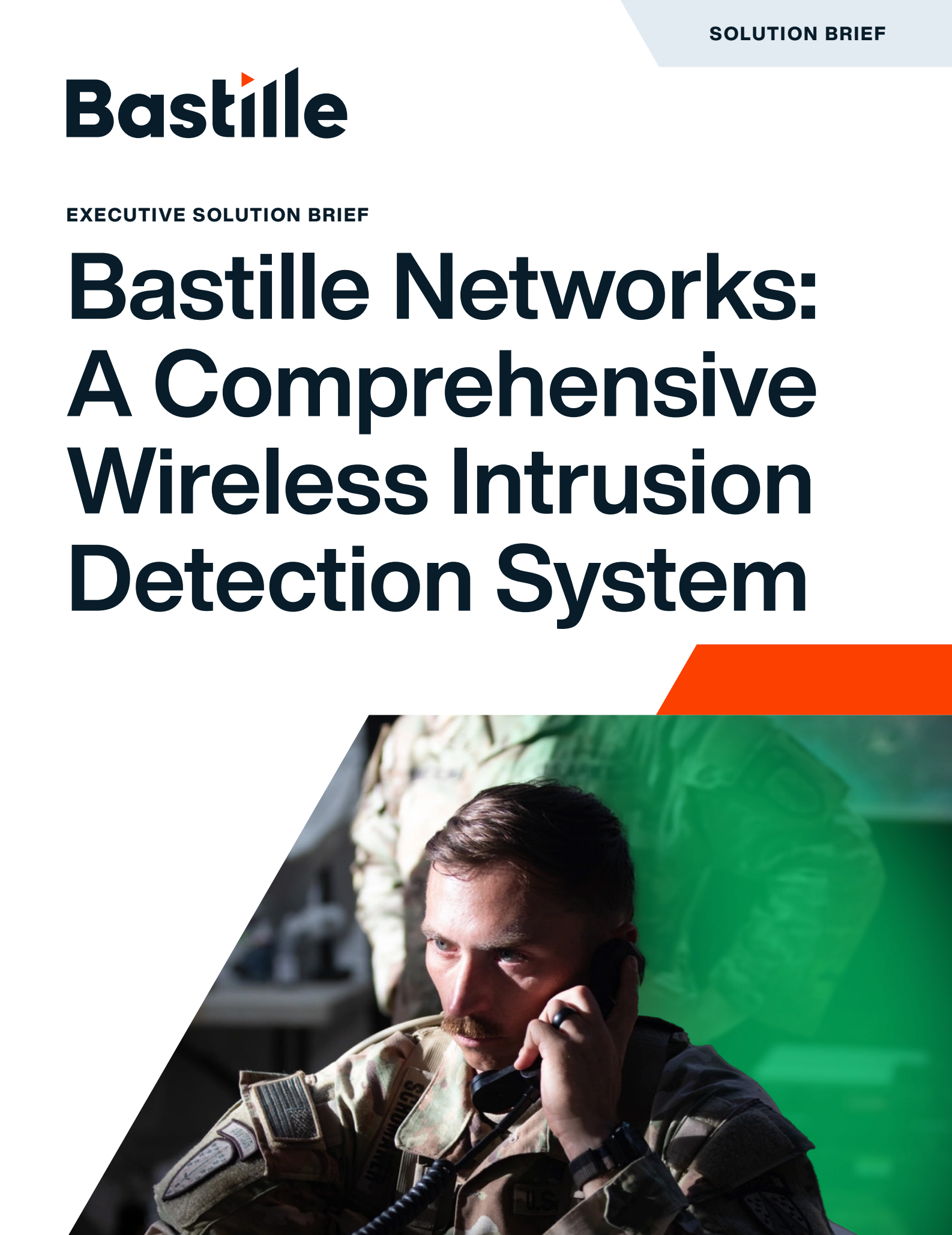Emerging Tech: Security — The Need for Wireless Airspace Defense
Download now▶Blog
Insights & Ideas
Latest

Dec 16, 2025
Securing Government and Classified Data Centers with Bastille

Dec 9, 2025
Strengthening Wireless Security in Data Centers with NIST CSF 2.0

Dec 2, 2025
Strengthening Nuclear Security

Nov 25, 2025
When A Phone Becomes a Foothold

Nov 18, 2025
Using Passive RF Monitoring for Countersurveillance Activities

Nov 12, 2025
Securing the Wireless Perimeter: Modern Threats to AI, Hyperscale, Enterprise, and Classified Data Centers Part 3

Nov 4, 2025
Securing the Wireless Perimeter: Modern Threats to AI, Hyperscale, Enterprise, and Classified Data Centers Part 2

Oct 28, 2025
Securing the Wireless Perimeter: Modern Threats to AI, Hyperscale, Enterprise, and Classified Data Centers Part 1

Oct 21, 2025
When and Why Data Centers Should Implement Wireless Threat Detection

Oct 14, 2025
Securing the Electric Power Sector through Wireless Threat Detection
Watch a Demo
Preview the platform and see how the most advanced wireless intrusion detection system protects your wireless airspace.




